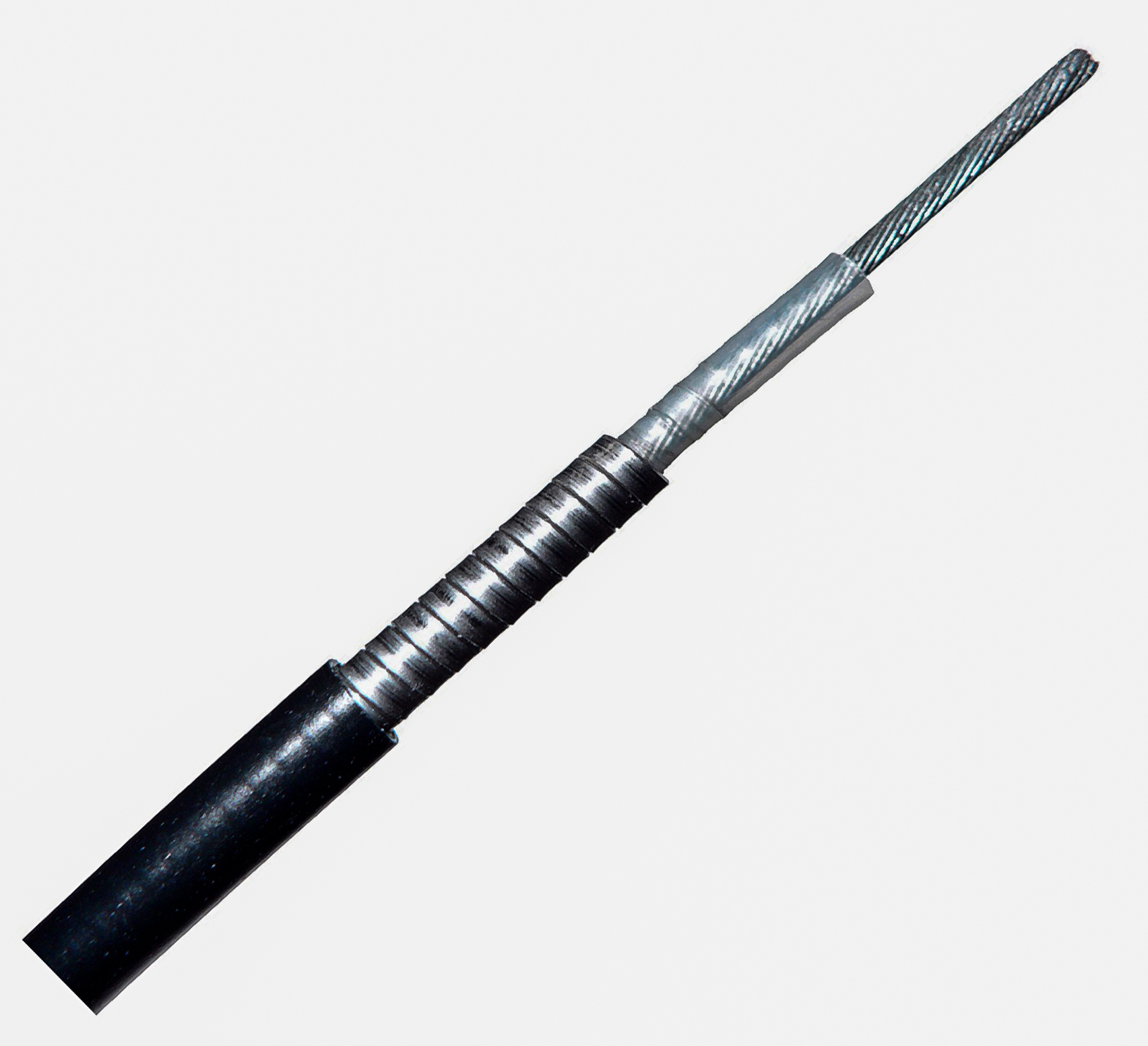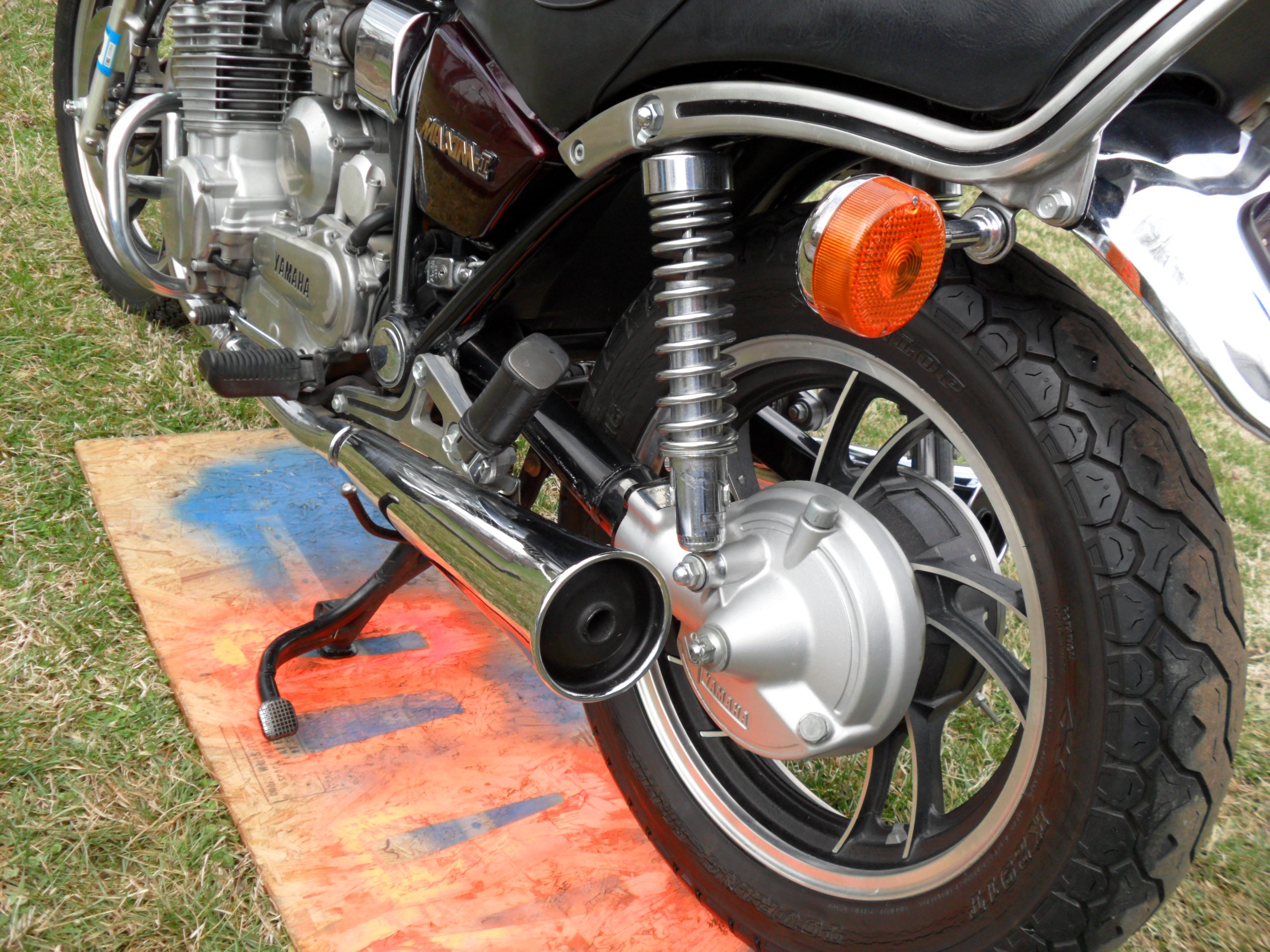|
Fuldamobil
Fuldamobil is the name of a series of small cars produced by ''Elektromaschinenbau Fulda GmbH'' of Fulda, Germany, and ''Nordwestdeutscher Fahrzeugbau'' (NWF) of Wilhelmshaven between 1950 and 1969. Various designated versions of the car were produced, although the vehicles produced under each designation were not always identical and the designations were sometimes misapplied. Though overall numbers produced were relatively small, the cars attracted sufficient attention to see licensed construction on four continents including Europe. In its ultimate configuration it is said to have inspired the term "bubble car". It is acknowledged as the first car in the world to feature a negative scrub radius, now recognised as a major advance in driving safety. Background The car's original design was conceived by Norbert Stevenson, a freelance journalist who had worked for the ''Rhein-Zeitung'' newspaper. As with many others involved in the field of automotive design, Stevenson had lit ... [...More Info...] [...Related Items...] OR: [Wikipedia] [Google] [Baidu] |
Three-wheeled Car
A three-wheeler is a vehicle with three wheels. Some are motorized tricycles, which may be legally classed as motorcycles, while others are tricycles without a motor, some of which are human-powered vehicles and animal-powered vehicles. Overview Many three-wheelers which exist in the form of motorcycle-based machines are often called trikes and often have the front single wheel and mechanics similar to that of a motorcycle and the rear axle similar to that of a car. Often such vehicles are owner-constructed using a portion of a rear-engine, rear-drive Volkswagen Beetle in combination with a motorcycle front end. Other trikes include that are specially constructed for off-road use. Three-wheelers can have either one wheel at the back and two at the front (2F1R), (for example: Morgan Motor Company) or one wheel at the front and two at the back (1F2R) (such as the Reliant Robin). Due to better safety when braking, an increasingly popular form is the front-steering "tadpole" or ... [...More Info...] [...Related Items...] OR: [Wikipedia] [Google] [Baidu] |
Microcar
Microcar is a term often used for the smallest size of cars, with three or four wheels and often an engine smaller than . Specific types of microcars include bubble cars, cycle cars, invacar, quadricycles and voiturettes. Microcars are often covered by separate regulations to normal cars, having relaxed requirements for registration and licensing. Predecessors Voiturette is a term used by some small cars and tricycles manufactured from 1895 to 1910. Cyclecars are a type of small, lightweight and inexpensive car manufactured mainly between 1910 and the late 1920s. Europe 1940-1970: Microcars The first cars to be described as microcars (earlier equivalents were called voiturettes or cyclecars) were built in the United Kingdom and Germany following World War II, and remained popular until the 1960s. They were originally called minicars, but later became known as microcars. France also produced large numbers of similar tiny vehicles called voiturettes, but they were rar ... [...More Info...] [...Related Items...] OR: [Wikipedia] [Google] [Baidu] |
ILO-Motorenwerke
The ILO-Motorenwerke GmbH 2-stroke motor company in Pinneberg, Germany existed from 1911 to 1990 and was one of the biggest manufacturers of two-stroke engines in Germany. The term ‘ILO’ comes from the artificial language Esperanto and means "tool". 1n 1959 it was sold to _Rockwell_Manufacturing_Company.html" ;"title="Rockwell International#Predecessor_company_>_Rockwell_Manufacturing_Company">Rockwell Manufacturing Company. 1911 to 1930s. The company was founded in Hamburg in 1911. The founder Heinrich Christiansen bought a bankrupt machine factory, with 25 employees producing a track tamper-compactor for Prussian railway construction. Around 1918 the first two-stroke engine was developed to motorize the tamper. The plant expanded across from the railway system in nearby Pinneberg. The tamper machine was sold to Krupp in 1922 to concentrate on motors for motorcycles and small trucks. 1927 a bicycle auxiliary motor was developed and, in 1929 two-stroke ILO engines for agricul ... [...More Info...] [...Related Items...] OR: [Wikipedia] [Google] [Baidu] |
Bubble Car
Microcar is a term often used for the smallest size of cars, with three or four wheels and often an engine smaller than . Specific types of microcars include bubble cars, cycle cars, invacar, quadricycles and voiturettes. Microcars are often covered by separate regulations to normal cars, having relaxed requirements for registration and licensing. Predecessors Voiturette is a term used by some small cars and tricycles manufactured from 1895 to 1910. Cyclecars are a type of small, lightweight and inexpensive car manufactured mainly between 1910 and the late 1920s. Europe 1940-1970: Microcars The first cars to be described as microcars (earlier equivalents were called voiturettes or cyclecars) were built in the United Kingdom and Germany following World War II, and remained popular until the 1960s. They were originally called minicars, but later became known as microcars. France also produced large numbers of similar tiny vehicles called voiturettes, but they were rar ... [...More Info...] [...Related Items...] OR: [Wikipedia] [Google] [Baidu] |
Fulda Mobil Emaille Werbeschild
Fulda () (historically in English called Fuld) is a town in Hesse, Germany; it is located on the river Fulda and is the administrative seat of the Fulda district (''Kreis''). In 1990, the town hosted the 30th Hessentag state festival. History Middle Ages In 744 Saint Sturm, a disciple of Saint Boniface, founded the Benedictine monastery of Fulda as one of Boniface's outposts in the reorganization of the church in Germany. It later served as a base from which missionaries could accompany Charlemagne's armies in their political and military campaigns to fully conquer and convert pagan Saxony. The initial grant for the abbey was signed by Carloman, Mayor of the Palace in Austrasia (in office 741–47), the son of Charles Martel. The support of the Mayors of the Palace, and later of the early Pippinid and Carolingian rulers, was important to Boniface's success. Fulda also received support from many of the leading families of the Carolingian world. Sturm, whose tenure as abbo ... [...More Info...] [...Related Items...] OR: [Wikipedia] [Google] [Baidu] |
Chainsaws
A chainsaw (or chain saw) is a portable gasoline-, electric-, or battery-powered saw that cuts with a set of teeth attached to a rotating chain driven along a guide bar. It is used in activities such as tree felling, limbing, bucking, pruning, cutting firebreaks in wildland fire suppression, and harvesting of firewood. Chainsaws with specially designed bar-and-chain combinations have been developed as tools for use in chainsaw art and chainsaw mills. Specialized chainsaws are used for cutting concrete during construction developments. Chainsaws are sometimes used for cutting ice; for example, ice sculpture and winter swimming in Finland. History In surgery The origin of chain saws in surgery is debated. A "flexible saw", consisting of a fine serrated link chain held between two wooden handles, was pioneered in the late 18th century (c. 1783–1785) by two Scottish doctors, John Aitken and James Jeffray, for symphysiotomy and excision of diseased bone, respectively. It was ... [...More Info...] [...Related Items...] OR: [Wikipedia] [Google] [Baidu] |
Triumph (TWN)
Triumph-Werke Nürnberg AG or TWN, was a German bicycle and motorcycle company. In 1886, Siegfried Bettmann founded the Triumph bicycle factory in Coventry, England, and in 1896 he founded a second bicycle factory in his native Nuremberg, Germany, under the same Triumph name. Both factories branched out into making motorcycles: the Coventry factory in 1902 and the Nuremberg factory in 1903. In its early decades the Nuremberg factory produced models with the same 499 cc and 545 cc four-stroke engines as its sister plant in Coventry. Confusion between motorcycles produced by the Coventry and Nuremberg Triumph companies led to the latter's products being renamed "Orial" for certain export markets. However, in the 1920s there was already an Orial motorcycle maker in Lyon, France, so the Nuremberg motorcycles were renamed again as "TWN", standing for ''Triumph Werke Nürnberg''. After 1913 the English and German factories diverged, with the Nuremberg works making motorc ... [...More Info...] [...Related Items...] OR: [Wikipedia] [Google] [Baidu] |
Rosenmontag
( en, Rose Monday) is the highlight of the German (carnival), and takes place on the Shrove Monday before Ash Wednesday, the beginning of Lent. Mardi Gras, though celebrated on Fat Tuesday, is a similar event. is celebrated in German-speaking countries, including Germany, Austria, Switzerland and Belgium (Eupen, Kelmis), but most heavily in the carnival strongholds which include the Rhineland, especially in Cologne, Bonn, Düsseldorf, Aachen and Mainz. In contrast to Germany, in Austria, the highlight of the carnival is not , but Shrove Tuesday. The name for the carnival comes from the German dialect word meaning "frolic" and meaning Monday. Overview The begins at 11 minutes past the eleventh hour on 11 November and the "street carnival" starts on the Thursday before , which is known as ("women's carnival", Fat Thursday). is prevalent in Roman Catholic areas and is a continuation of the old Roman traditions of slaves and servants being master for a day. derives from the ... [...More Info...] [...Related Items...] OR: [Wikipedia] [Google] [Baidu] |
Shock Absorbers
A shock absorber or damper is a mechanical or hydraulic device designed to absorb and damp shock impulses. It does this by converting the kinetic energy of the shock into another form of energy (typically heat) which is then dissipated. Most shock absorbers are a form of dashpot (a damper which resists motion via viscous friction). Description Pneumatic and hydraulic shock absorbers are used in conjunction with cushions and springs. An automobile shock absorber contains spring-loaded check valves and orifices to control the flow of oil through an internal piston (see below). One design consideration, when designing or choosing a shock absorber, is where that energy will go. In most shock absorbers, energy is converted to heat inside the viscous fluid. In hydraulic cylinders, the hydraulic fluid heats up, while in air cylinders, the hot air is usually exhausted to the atmosphere. In other types of shock absorbers, such as electromagnetic types, the dissipated energy can be s ... [...More Info...] [...Related Items...] OR: [Wikipedia] [Google] [Baidu] |
Bowden Cable
A Bowden cable ( ) is a type of flexible cable used to transmit mechanical force or energy by the movement of an inner cable relative to a hollow outer cable housing. The housing is generally of composite construction, consisting of an inner lining, a longitudinally incompressible layer such as a helical winding or a sheaf of steel wire, and a protective outer covering. The linear movement of the inner cable is most often used to transmit a pulling force, although push/pull cables have gained popularity in recent years e.g. as gear shift cables. Many light aircraft use a push/pull Bowden cable for the throttle control, and here it is normal for the inner element to be a solid wire, rather than a multi-strand cable. Usually, provision is made for adjusting the cable tension using an inline hollow bolt (often called a "barrel adjuster"), which lengthens or shortens the cable housing relative to a fixed anchor point. Lengthening the housing (turning the barrel adjuster out) ti ... [...More Info...] [...Related Items...] OR: [Wikipedia] [Google] [Baidu] |
Swinging Arm
A swingarm, or "swinging arm" (UK), originally known as a swing fork or pivoted fork, is a single or double sided mechanical device which attaches the rear wheel of a motorcycle to its body, allowing it to pivot vertically. The main component of the rear suspension of most modern motorbikes and ATVs, it holds the rear axle firmly, while pivoting to absorb bumps and suspension loads induced by the rider, acceleration, and braking. Originally motorcycles had no rear suspension, as their frames were little more than stronger versions of the classic diamond frame of a bicycle. Many types of suspension were tried, including Indian's leaf spring suspended swingarm, and Matchless's cantilevered coiled-spring swingarm. Immediately before and after World War II, the plunger suspension, in which the axle moved up and down two vertical posts, became commonplace. In the latter, the movement in each direction was against coiled springs. Some manufacturers, such as Greeves, used swingarm d ... [...More Info...] [...Related Items...] OR: [Wikipedia] [Google] [Baidu] |




